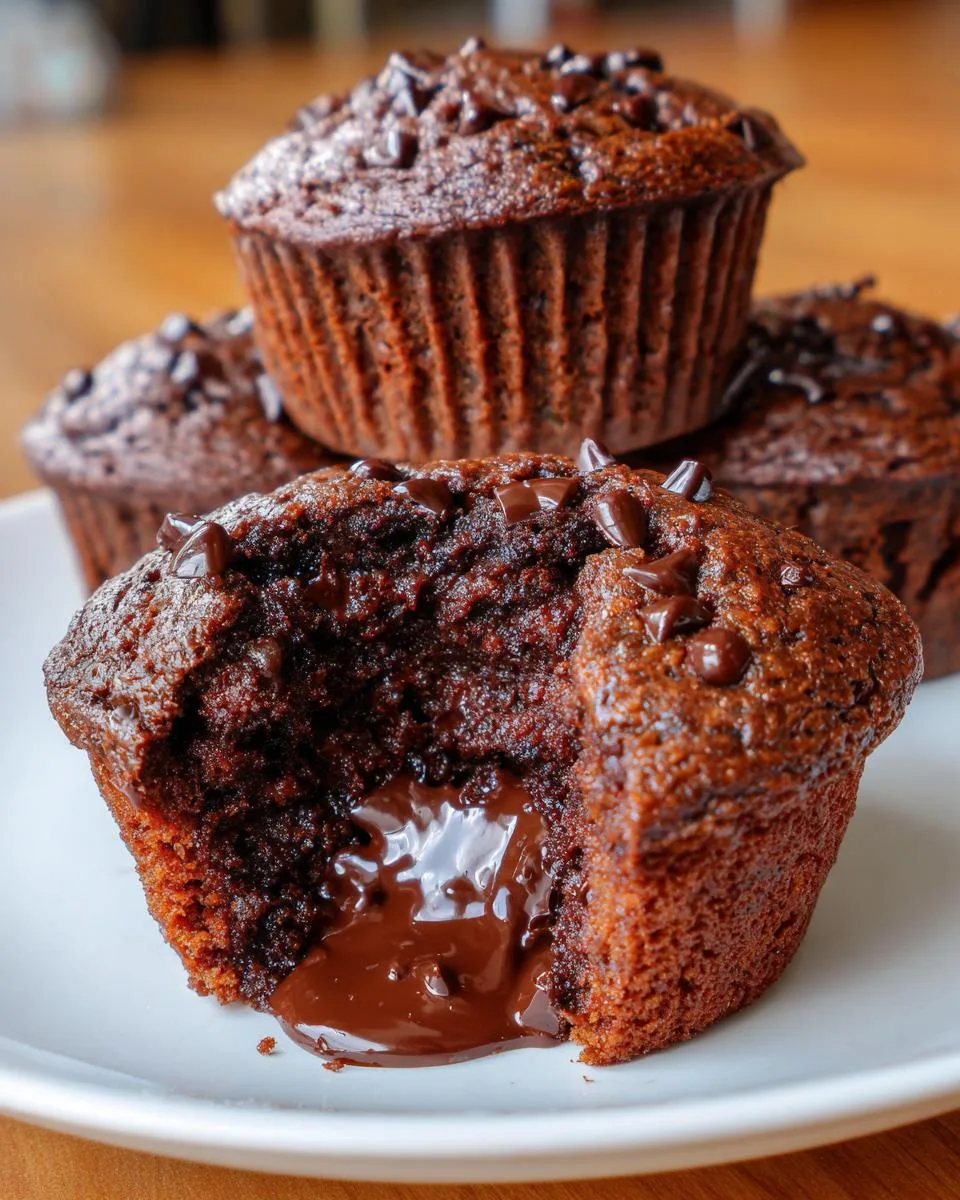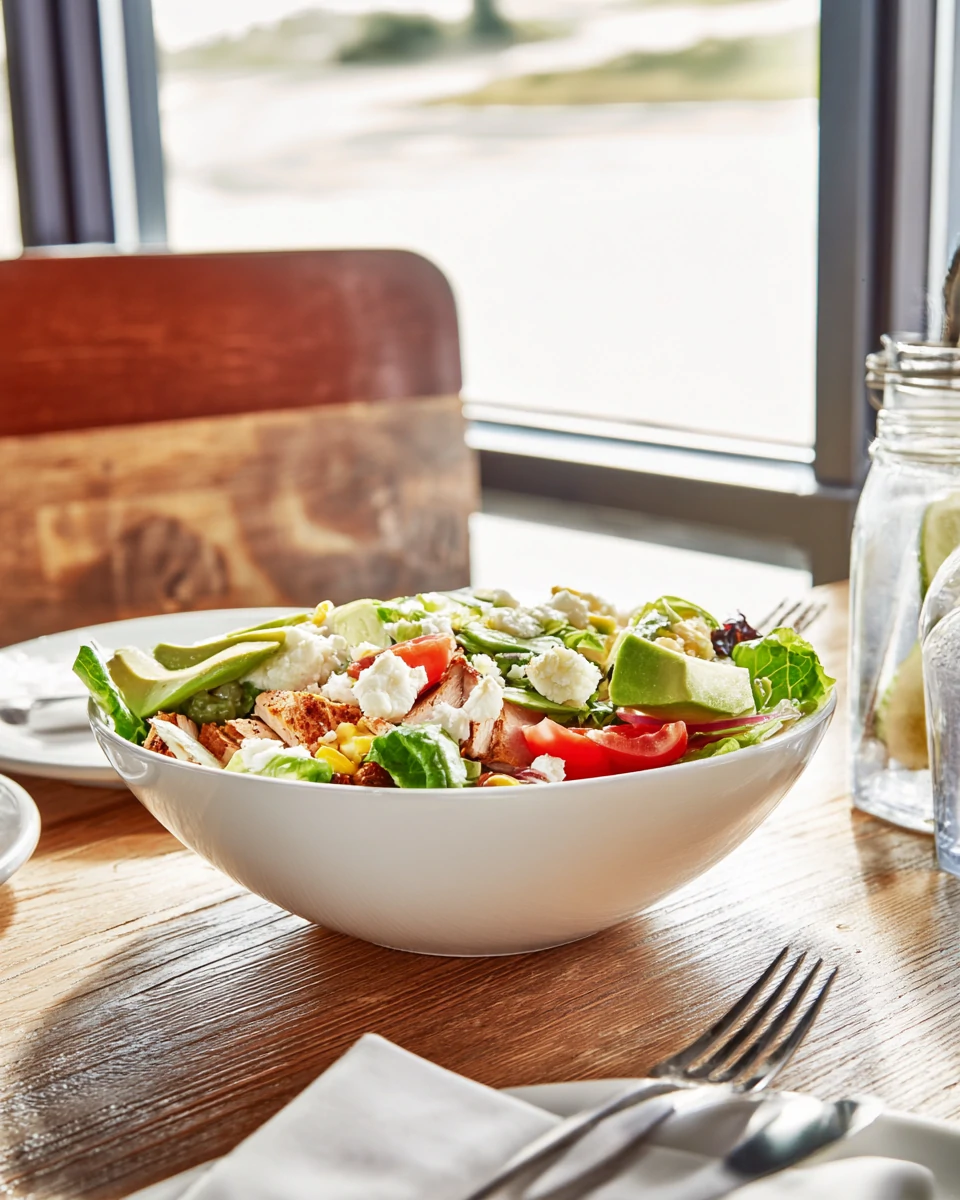Are you a fan of pasta but looking for something different? Look no further than pastina, the delightfully delicious mystery of the culinary world. With its small and delicate shape, pastina is a versatile pasta that adds a touch of comfort to any dish. But what exactly is pastina? Well, it’s not just any ordinary pasta. This tiny star, alphabet, or grain-shaped pasta is a traditional Italian staple that is loved by both young and old alike. It’s the perfect choice for creamy soups, mouthwatering broths, and even scrumptious breakfasts. Its tiny size allows it to cook quickly and absorb flavors easily, making it a go-to option for busy home cooks. Whether you want to whip up a classic Italian dish or experiment with new recipes, pastina is sure to satisfy your cravings and leave you wanting more. So, get ready to unravel the delicious mystery of pastina and add a touch of Italian magic to your meals.
The History of Pastina
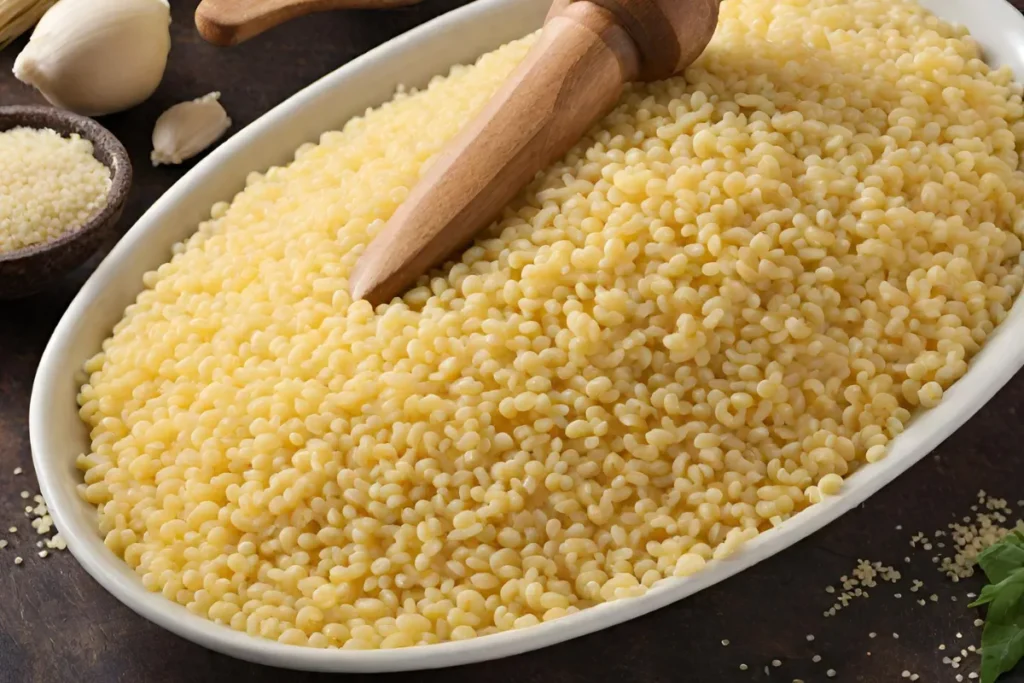
To truly appreciate the magic of pastina, it’s important to understand its rich history. Pastina has been a staple in Italian cuisine for centuries, dating back to the Roman Empire. The word “pastina” itself translates to “little pasta” in Italian, which perfectly describes its small and delicate shape. It was traditionally considered a comfort food, often used to soothe and nourish children and adults alike.
The popularity of pastina grew during the Renaissance period when Italian nobility embraced it as a delicacy. It became a symbol of wealth and sophistication, often served in elaborate dishes to showcase the culinary skills of chefs. Over time, pastina became a beloved ingredient in Italian households, with generations passing down their favorite recipes and cooking techniques.
What is Pastina Made Of
Pastina is typically made from durum wheat semolina, which gives it a slightly nutty and wheaty flavor. It is the same type of flour used to make other popular pasta varieties such as spaghetti and macaroni. The semolina is combined with water to create a dough, which is then shaped into small pieces. The dough can be rolled out and cut into various shapes, including stars, alphabets, or grains, depending on personal preference.
The quality of the durum wheat used in making pastina plays a crucial role in its final taste and texture. High-quality durum wheat ensures a firm yet tender bite, allowing the pasta to absorb flavors without becoming mushy. It is this balance of texture and flavor that sets pastina apart from other pasta varieties.
Different Types of Pastina Shapes
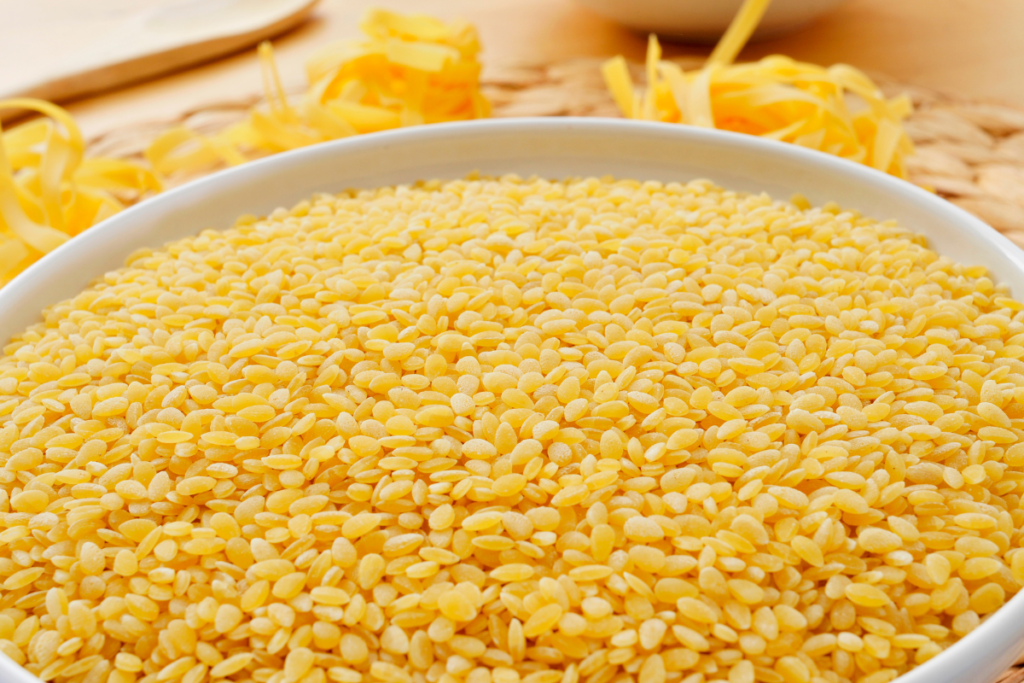
One of the charms of pastina lies in its diverse range of shapes. The most common shapes include stars, alphabets, and grains. Each shape adds a unique touch to dishes and can even evoke a sense of nostalgia. Let’s take a closer look at these different types of pastina shapes:
- Stars: Star-shaped pastina is a favorite among children and adds a playful element to any dish. The stars are small and delicate, making them perfect for soups and broths. They are also a popular choice for creamy pasta dishes, as their shape helps to hold the sauce, ensuring each bite is bursting with flavor.
- Alphabets: Alphabetic pastina is not only delicious but also educational. The tiny pasta shapes resemble letters of the alphabet, making them a hit with kids. Alphabetic pastina is often used in soups and broths, where the letters add a fun and whimsical touch. It’s a great way to make mealtime more enjoyable for little ones.
- Grains: Grain-shaped pastina is the most versatile option, as it can be used in a wide variety of dishes. The tiny grains cook quickly and absorb flavors easily, making them ideal for both savory and sweet recipes. From hearty soups to creamy puddings, grain-shaped pastina adds a comforting texture and taste.
Cooking Techniques for Pastina
Cooking pastina is a simple and straightforward process, but it does require some attention to ensure perfect results. Here are some cooking techniques to help you achieve the best texture and flavor:
- Boiling: Boiling is the most common method of cooking pastina. Start by bringing a pot of salted water to a rolling boil. Add the desired amount of pastina and cook according to the package instructions, usually for about 5 to 7 minutes. Keep an eye on the pasta as it cooks, and stir occasionally to prevent sticking. Once the pastina is al dente, drain it and rinse with cold water to stop the cooking process.
- Broths and Soups: Pastina shines in broths and soups, where it absorbs the flavors of the surrounding ingredients. To incorporate pastina into a soup or broth, simply add it directly to the simmering liquid and cook until tender. The small size of pastina ensures it cooks quickly, so be mindful not to overcook it.
- Creamy Dishes: Pastina is a fantastic addition to creamy pasta dishes, adding a delightful texture and absorbing the sauce beautifully. To incorporate pastina into a creamy dish, cook it separately according to the package instructions. Once cooked, drain the pastina and toss it with your favorite sauce, ensuring each grain is coated evenly. Serve immediately and enjoy the creamy goodness.
Popular Recipes Using Pastina
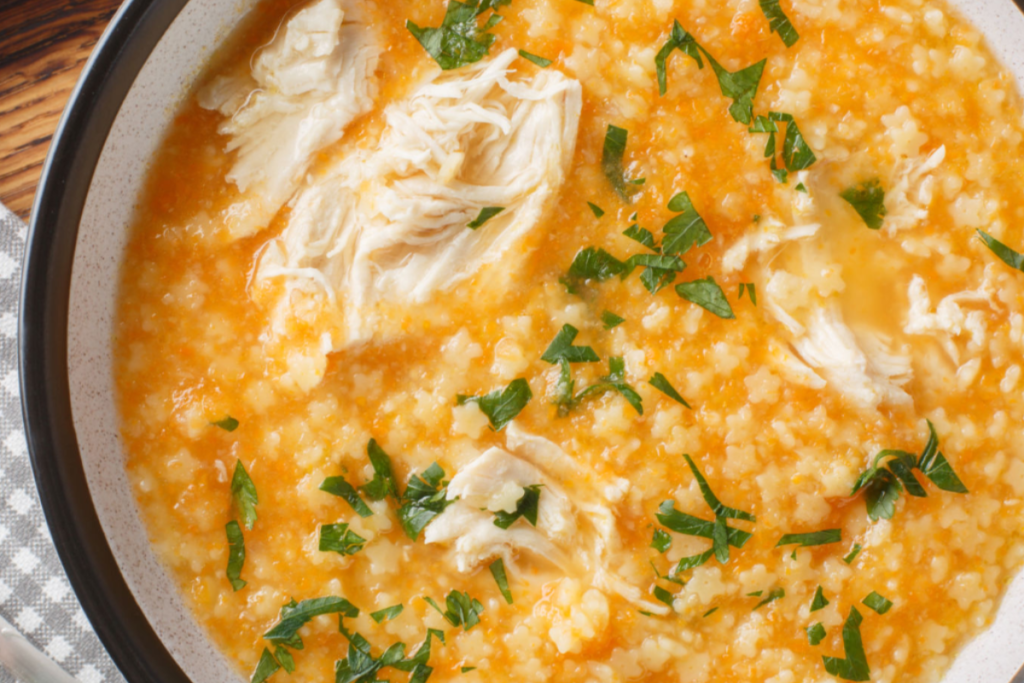
Now that you know how to cook pastina, it’s time to explore some popular recipes that feature this delightful pasta. From comforting soups to hearty casseroles, here are a few mouthwatering dishes to try:
- Italian Wedding Soup: Italian Wedding Soup is a classic dish that showcases pastina’s versatility. This hearty soup combines pastina with meatballs, vegetables, and a flavorful broth. The tiny pastina grains absorb the delicious flavors, creating a comforting and satisfying meal.
- Pastina with Butter and Cheese: Sometimes, simple is best. Pastina with butter and cheese is a quick and easy dish that celebrates the delicate flavor and texture of pastina. Cook the pastina according to the package instructions, then toss it with melted butter and grated Parmesan cheese. Season with salt and pepper to taste, and enjoy a comforting bowl of cheesy goodness.
- Pastina Pudding: Pastina isn’t just for savory dishes. It can also be used to create delectable sweet treats. Pastina pudding is a delightful dessert that combines cooked pastina with milk, sugar, and vanilla. The mixture is baked until creamy and topped with your favorite fruits or a sprinkle of cinnamon. It’s a comforting and nostalgic dessert that will satisfy your sweet tooth.
Health Benefits of Pastina
While pastina is undoubtedly delicious, it also offers several health benefits. Here are several reasons why you can indulge in pastina without guilt:
- High Fiber Content: Pastina crafted from durum wheat semolina serves as a commendable source of dietary fibre. Fibre is indispensable for maintaining a robust digestive system and can contribute to stabilising blood sugar levels.
- Rich in Vital Nutrients: Pastina boasts essential nutrients such as iron, magnesium, and B vitamins. These nutrients are fundamental for sustaining energy levels, bolstering cognitive function, and fostering overall well-being.
- Low in Fat: Pastina naturally exhibits a low fat content, positioning it as a healthier substitute for heartier pasta dishes. It can be relished as part of a well-rounded diet without compromising on taste.
Serving and Pairing Suggestions for Pastina
Pastina’s versatility extends beyond cooking techniques and recipes. It can also be paired with a variety of ingredients to create delicious and well-balanced meals. Here are some serving and pairing suggestions to elevate your pastina dishes:
- Fresh Herbs: Add a burst of freshness to your pastina dishes by garnishing them with fresh herbs such as basil, parsley, or chives. The vibrant flavors of the herbs complement the delicate taste of pastina beautifully.
- Vegetables: Incorporate a variety of vegetables into your pastina dishes to add texture and color. From roasted cherry tomatoes to sautéed spinach, the options are endless. Experiment with different combinations to find your favorite vegetable-pastina pairing.
- Proteins: Enhance the nutritional value of your pastina dishes by adding proteins such as grilled chicken, shrimp, or tofu. The proteins will not only provide a satisfying meal but also balance out the flavors and textures.
- Cheeses: Pastina and cheese are a match made in culinary heaven. Sprinkle grated Parmesan, pecorino, or mozzarella on top of your pastina dishes to add a creamy and indulgent touch.
Where to Buy Pastina
If you’re ready to embark on a pastina culinary adventure, you might be wondering where to buy this delightful pasta. Pastina is widely available in most grocery stores, typically found in the pasta aisle. You can also find a variety of pastina shapes and brands online, allowing you to explore different options and flavors.
When purchasing pastina, opt for high-quality brands that use durum wheat semolina. These brands ensure a superior taste and texture, making your pastina dishes truly exceptional.
Conclusion: Embracing the Simplicity and Versatility of Pastina
In conclusion, pastina is a delightful and versatile pasta that has captured the hearts and taste buds of many. Its small and delicate shape, combined with its ability to absorb flavors, makes it a go-to choice for both classic Italian dishes and creative experiments in the kitchen. From comforting soups to creamy pasta dishes, pastina adds a touch of Italian magic to any meal.
So, the next time you’re craving a delicious and comforting dish, consider unraveling the mystery of pastina. Embrace its simplicity and versatility, and let this tiny pasta star take center stage in your culinary adventures. Whether you’re cooking for yourself, your family, or your friends, pastina is sure to impress and leave everyone craving for more. So, go ahead, indulge in the delicious mystery of pastina, and elevate your meals with a touch of Italian magic.
FAQ- What is Pastina
Why is pastina so popular?
Let me tell you, it’s like the unofficial mascot of comfort food. Imagine those tiny pasta stars or pearls, swimming in a flavorful broth or sauce. It’s like a culinary hug, bringing warmth and joy with every spoonful. Plus, it’s versatile! You can jazz it up with veggies, meats, or keep it simple. It’s comfort in a bowl, and who doesn’t love that?
Why does pastina make you feel better?
Pastina’s got this magical touch, you know? It’s like a warm, comforting embrace for your soul. Just slurping up those tiny noodles feels like a therapy session in a bowl. And hey, pasta releases serotonin, the happy hormone, so there’s some science behind that feel-good vibe too. It’s like a little taste of childhood nostalgia mixed with pure comfort. So next time you’re feeling down, reach for a bowl of pastina and let its soothing powers work their magic.
Do they eat pastina in Italy?
Absolutely! Pastina is a big deal in Italy, especially for the little ones. It’s like a rite of passage for Italian kids.
Is pastina good for an upset stomach?
Pastina is like the go-to remedy for upset stomachs in Italian households. It’s easy to digest and gentle on the tummy, making it perfect for those queasy moments. Plus, it’s comforting and soothing, like a culinary hug for your insides. Nonna always had a pot of pastina simmering on the stove for such occasions, and let me tell you, it works wonders. So next time your stomach’s feeling a bit off, reach for a bowl of pastina and let it work its magic.

